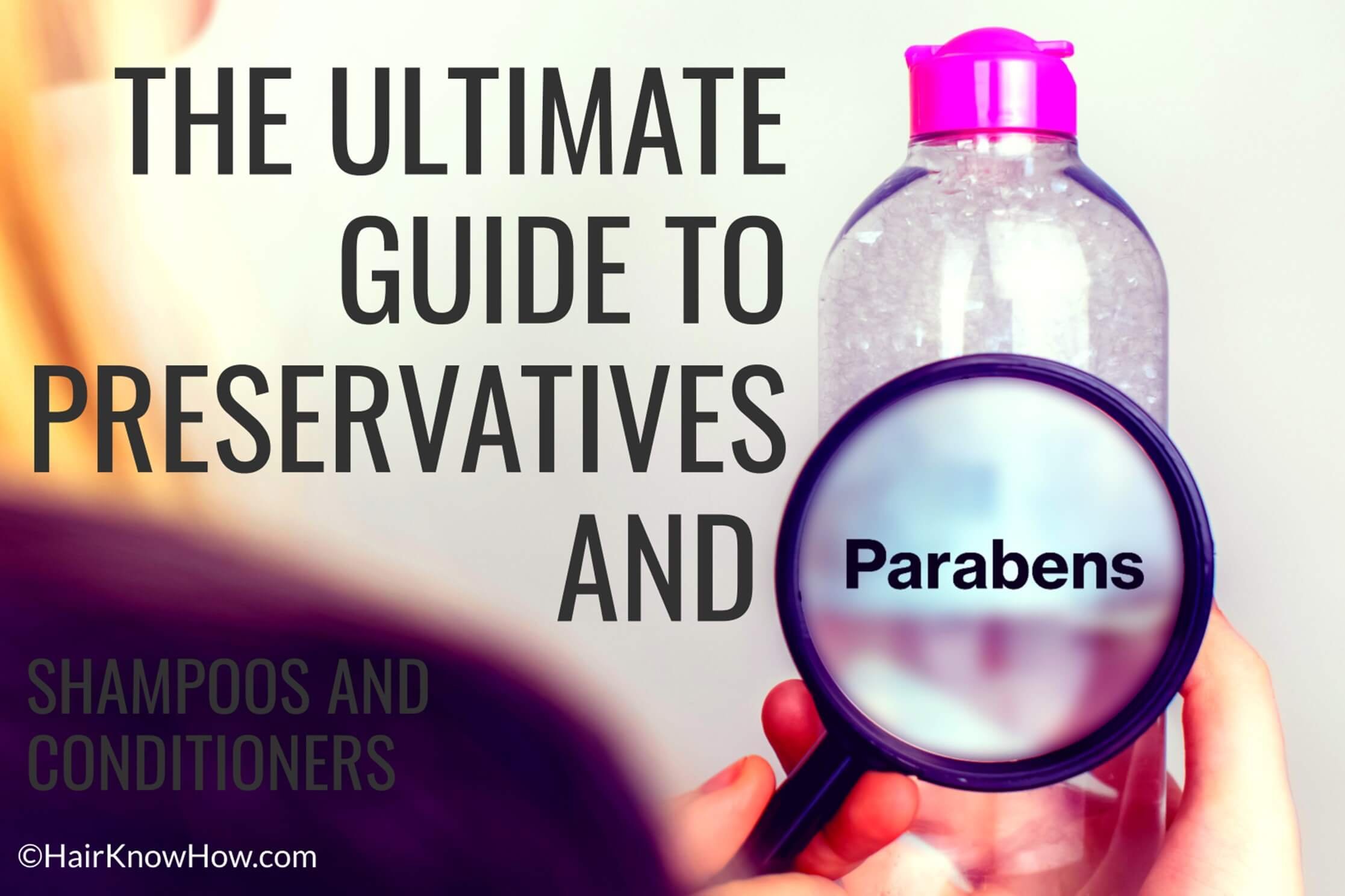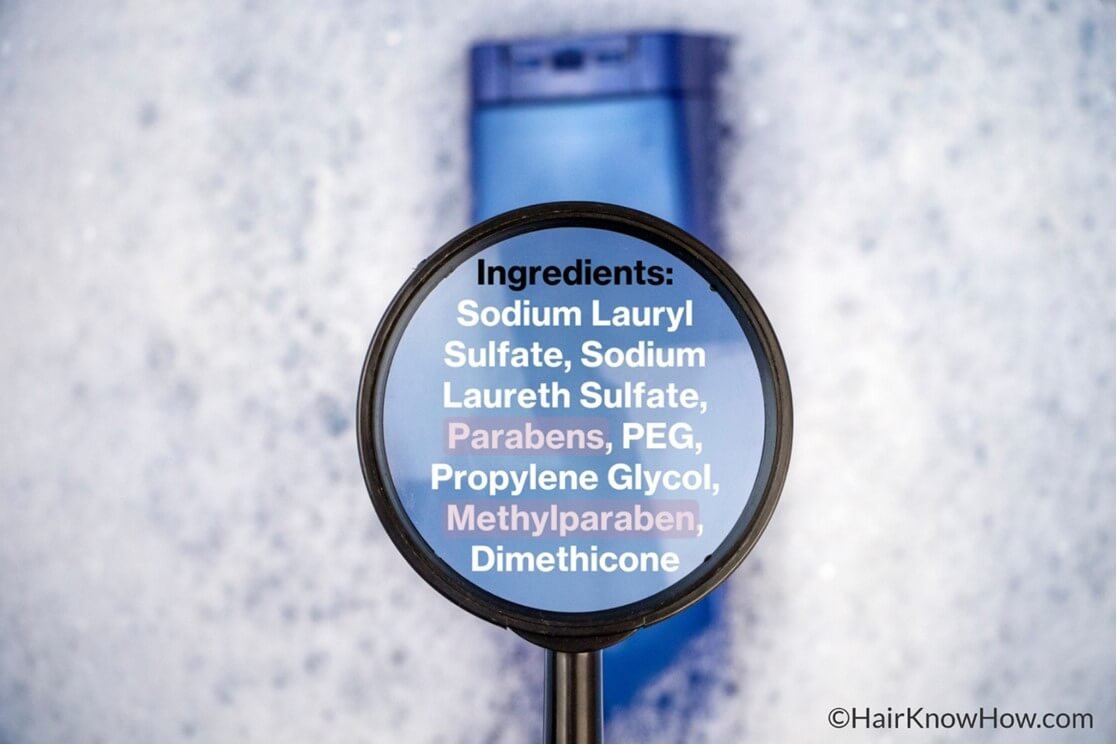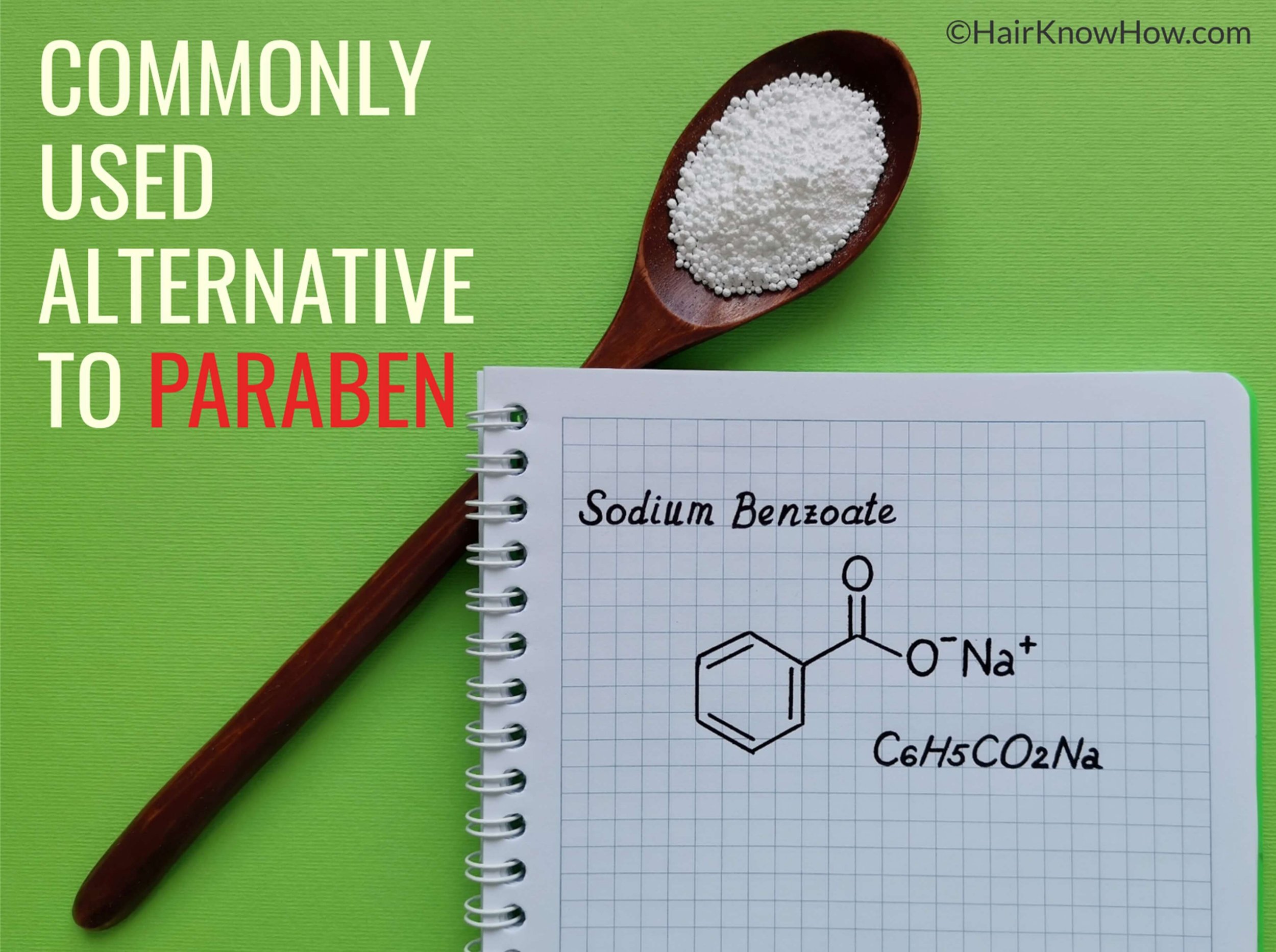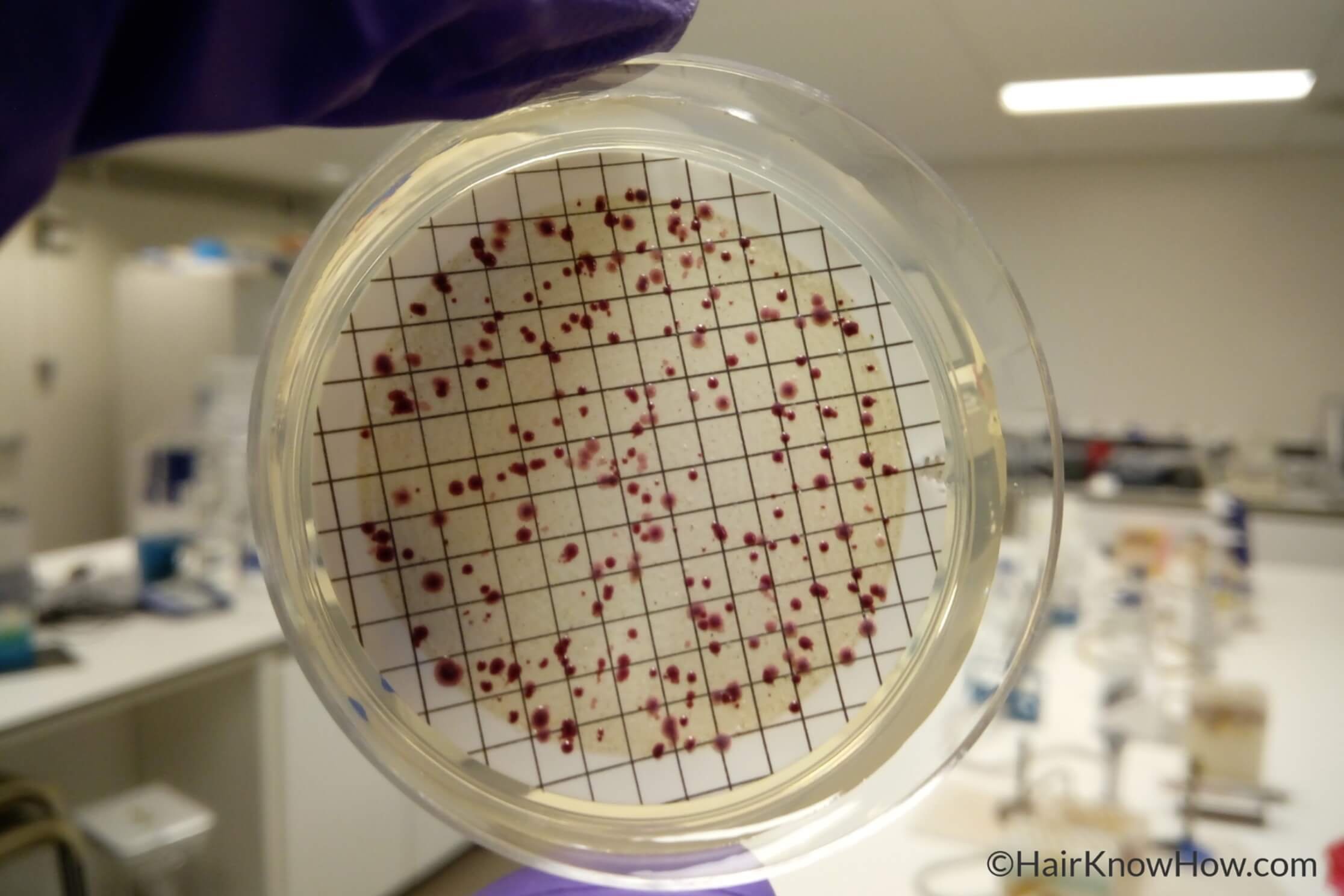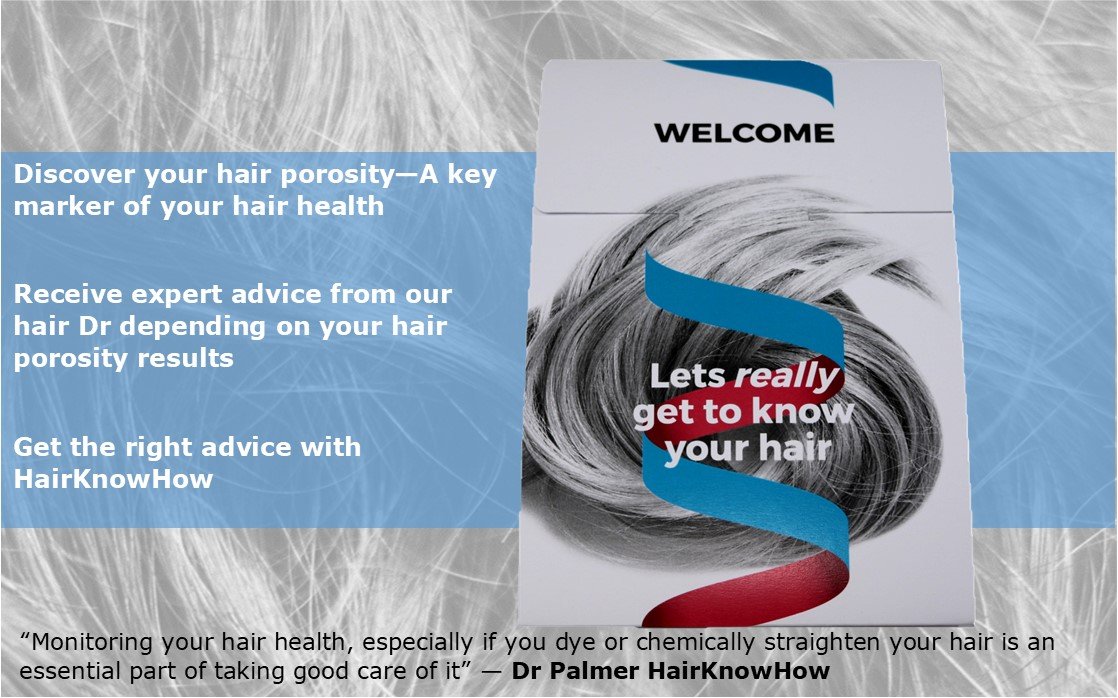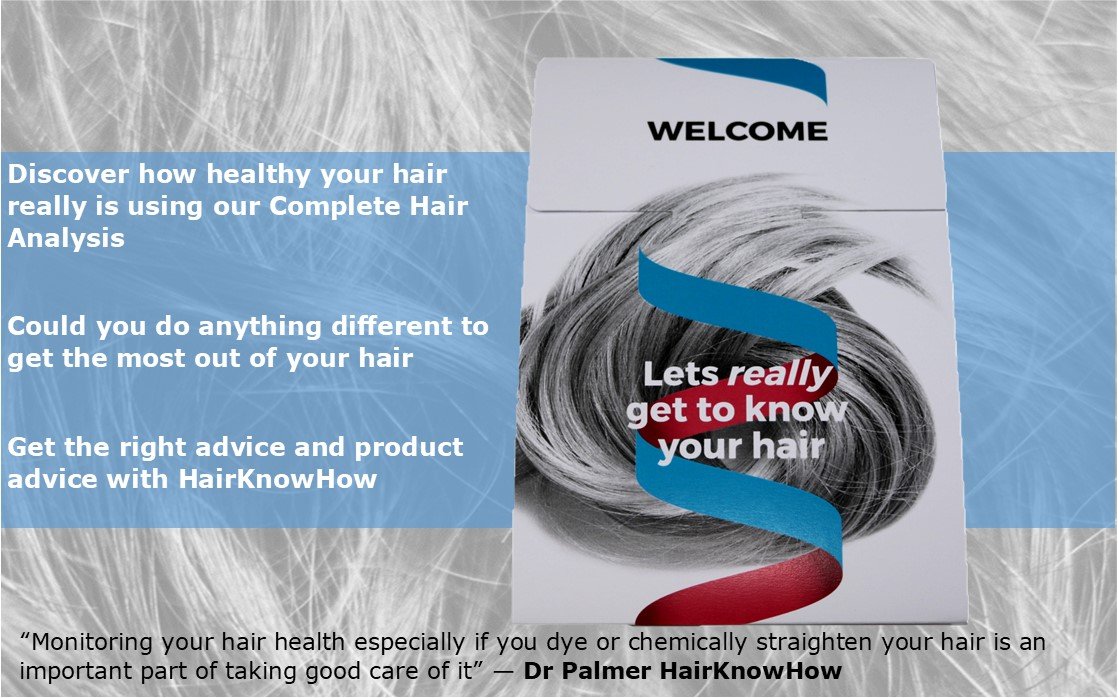What are parabens?
Parabens are a group of chemicals that protect a product from microbial growth. Parabens are most active at inhibiting the development of many fungi species and gram-positive bacteria. The most widely used parabens used in cosmetics are methyl-paraben, propyl-paraben, butyl-paraben, and ethyl-paraben. All paraben are alkyl esters of p-hydroxybenzoic acid.
Parabens do occur in nature but are typically found at a low level but are produced on an industrial scale by humans for inclusion in many everyday food and cosmetic products worldwide. Parabens are in products ranging from cosmetics, pharmaceuticals, and foodstuffs, including beverages.
By law, the ingredients of any product must list their ingredients, so for peace and mind, it is always worth checking the label unless the product explicitly says “paraben-free”.
Are parabens banned throughout the world in cosmetics?
Parabens were once widely used in cosmetics and personal care products but are now widely banned or restricted in the EU, the UK and many Southeast Asian countries, but not the US, where the FDA is still considering the evidence.
Why are some parabens banned in the EU?
The EU banned Isopropyl-paraben, isobutyl-paraben, phenyl-paraben, benzyl-paraben and pentyl-paraben (Ref) in certain use cases in 2009. Several parabens have been reported to cause endocrine disruption in humans – this means that they disturb normal hormone function, particularly the hormone estrogen, affecting both genders. Estrogen is made within the adrenal cortex, testes, ovary and placenta.
The role of estrogen in the body. Parabens potentially disrupt some of these processes.
Estrogen is also an important hormone regulating human reproduction and developing and maintaining secondary characteristics such as pubic hair and breasts (Ref). Some scientific studies have shown that parabens and their metabolites increase estrogen levels in the body (Ref). Disruption of estrogen levels in the body can also affect our weight, mood, and cardiovascular health and increase the risk of certain cancers in women (Ref) and men (Ref).
As an Amazon Associate, I earn from qualifying purchases - Click here to read our Affiliate Disclaimer
These are two paraben and sulfate-free shampoos we have used ourselves and would recommend to everyone looking to experiment with paraben-free and sulfate-free shampoos. They both contain good hair oils, either coconut or argan oil, making them a very healthy and welcome addition to your hair regime. All OGX branded shampoos also have a slightly thicker luxury silky feel making them easier to apply and, in our opinion, a beautiful, somewhat stronger coconutty floral scent. Definitely worth a go! Let us know how you get on!
Are parabens banned in the US?
Parabens are not currently banned within the US (Ref). The FDA (the health authority in the US) states:
“FDA scientists continue to review published studies on the safety of parabens. At this time, we do not have information showing that parabens as they are used in cosmetics have an effect on human health”.
So please be careful when importing shampoos, conditioners or other cosmetics goods from the US and elsewhere. Always check the label if you have any doubts.
Why do scientists believe parabens enter the body through the skin?
Parabens have been detected within some breast cancer tumours (Ref), leading to health concerns but also within the urine, blood and breast milk. Parabens esters within urine were found to be chemically intact (Ref); thus, scientists think they entered the body by passing through the skin and did not enter through the digestive tract or liver because the body would have broken them down. Subsequently, other scientists working on human skin found that parabens could penetrate the skin easily (Ref), adding to the evidence.
How many and at what concentration of parabens are found in humans?
Within the US, the CDC has found that greater than 90% of the population have detectable quantities of parabens within their urine, with concentrations of several tens of ng/litre (Ref). Parabens were detected within human blood serum and breast milk at concentrations of approximately 10ng/litre. The most common parabens detected within urine were methyl-paraben and propyl-parabens - two of the commonly used parabens used in cosmetics. Similar concentrations of parabens were also reported in human studies in Spain and Denmark.
Given the widespread use of parabens within consumer products and food, these numbers are likely typical worldwide.
Why do shampoo, conditioners and cosmetics need preservatives?
The goal when using preservatives is to prevent bacterial and mould growth within the product. The EU and US safety regulators are obligated to their customers.
“That companies and individuals who market cosmetics are responsible for their safety under normal or reasonably foreseeable conditions of use. This statement means that a commercialised cosmetic product must be free from microbial contamination, not only at the moment of reaching the market but also throughout the product life” (Ref).
Preservatives are the principal way product manufacturers meet this obligation to the consumer.
Protecting a consumer product such as a shampoo or conditioner against microbial growth is an essential and legitimate safety need.
The safety of the consumer when it comes to products is of primary concern.
Suppose microbial growth within a consumer product is left unchecked within a shampoo or conditioner. In that case, it may increase the risk to the consumer of microbial-borne diseases and nosocomial infections, especially in those with underlying health concerns such as those that are immune compromised or have cystic fibrosis.
What species of bacteria can be found in shampoo?
Common opportunistic microbial species detected in shampoos include: Gram-negative bacilli, Serratia marcescens, Pseudomonas cepacia, Pseudomonas fluorescens, Pseudomonas aeruginosa and Klebsiella pneumoniae (Ref).
As an Amazon Associate, I earn from qualifying purchases - Click here to read our Affiliate Disclaimer
Boucleme is a brand purely focused on curls and brings a beautiful range of naturally based paraben-free products, including cleansing, conditioning and styling, to you. Our feedback from clients using Boucleme has been fantastic, so we wholeheartedly recommend this brand. Give either the shampoo or conditioner ago and achieve healthy, beautiful hair. Be sure to let us know how you get on.
Where do contaminating bacteria and fungi in the home come from?
When any shampoo or conditioning product is opened, bacteria and fungi will enter. The species and strain of contaminating microbe or their subsequent growth cannot be controlled by the manufacturer in the absence, especially in the absence of a preservative system. Microbial species vary from house to house and person to person. Sources of contamination within the home include air, splashes of liquid, or even the skin or breath of the user.
Bacteria from a young girl’s hand on an Agar plate - each dot is a CFU representing a single viable bacteria. The CFUs are different colours because they are different microbial species.
This is why there is a best-before date (if unopened) on many perishable products and additional information stating that once a product is opened, it should be consumed within three days and remain refrigerated, etc. The same could be said for shampoos and conditioners that lack any preservatives. In most cases, shampoos and conditioners do not come with expiry dates (we have checked quite a few), but expiry dates may be required in the absence of preservative chemistries.
What are the risks of uncontrolled microbial growth in shampoos, conditioners and cosmetics?
Uncontrolled microbial growth within a consumer product results in many undesirable changes these include:
Unpleasant smells or changes in product colouring and the inactivation of some ingredients within a given product, i.e., shampoo or conditioner.
The risk of explosion. Yes, this can happen! When microbes grow within any environment, they produce gasses. These gasses build up and, over time, can pressurise the packaging container, posing a hazard to the end user during product transportation. This phenomenon is commonly seen when food spoils in unopened packaging, causing the packaging to swell.
So hopefully, we agree that adding preservatives within, either food or cosmetics, is needed to safeguard the safety of the consumer, extend the product’s life before and after opening and make product transportation safer.
As an Amazon Associate, I earn from qualifying purchases - Click here to read our Affiliate Disclaimer
We use these excellent paraben-free hair masks ourselves. They make excellent conditioners that you can use every time you wash your hair or use as a beautiful hair mask and give your hair a nutrient boost. We use the coconut mask, which in our opinion, smells great and boosts hair health due to those all-important coconut oils. Let us know how you get on!
The downside is that not every preservative (antimicrobial chemistry) is safe for humans, and often there is a lack of long-term data that a particular chemical preservative system is safe or indeed unsafe. Proving a negative scientifically is difficult at the best of times.
What are countries’ health regulators doing about parabens within their products?
Fortunately, the safety of the consumer is the priority within many countries and jurisdictions, resulting in the robust testing and analysis of product chemistries, including preservatives and their impacts on humans. This surveillance has led to banning some parabens under specific circumstances within the EU, UK (Ref), and many southeast Asian countries, with the US (Ref) taking an interest and monitoring the evidence.
What choices are consumers making when it comes to parabens within their cosmetic products?
Many consumers worldwide have not waited around, and many of you have opted to vote with your wallets, purchasing specific “paraben-free” shampoos and conditioners. Numerous boutique sellers emphasise their paraben-free status, but even large manufacturers such as P&G’s Head and Shoulders range are paraben-free but don’t shout about it.
The informed consumer, in this case, preferring not to take chances with their health and err on the side of caution.
Retailers have also reacted and are perhaps one step ahead of many regulators. Many retailers within the US have banned or are planning on banning parabens from within products on their shelves.
So momentum is building within the consumer space and government regulators worldwide as more data comes to light regarding the effect of parabens on the human body and the environment.
What are the alternative preservatives to parabens?
Other effective preservative systems do exist that can take the place of parabens. These include chemistries such as imidazolidinil urea, dimethylol dimethyl hydantoin, methylisothiazolinone, phenoxyethanol, benzalkonium chloride, phenoxyethanol, isothiazolinone biocides, benzisothiazolinone, benzethonium chloride, dimethylol dimethyl, hydantoin, methylisothiazolinone, chloromethylisothiazolinone, phenoxyethanol and sodium benzoate, benzyl alcohol, dimethylol dimethyl hydantoin, phenoxyethanol, chlorhexidine, cetylpyridinium chloride.
Sodium Benzoate is a common perservative found in shampoo and conditioners including sulfate free formulations.
These preservative chemistries have varying activity levels, with some being used together for greater efficacy. Many of these alternative preservative chemistries are already being used in shampoos and conditioners. Take a look yourself and see if you can spot them.
Why do cosmetics need preservatives added to them?
Cosmetics are not sterile products, meaning they all contain some bacterial and fungal contamination. Cosmetics are not made in sterile environments, and the ingredients often used to make them are not sterile either. Hence, an array of bacteria and fungi are present within the majority of products that we use.
A limited concentration of certain microbes is allowable under legislation in some countries, with some microbe species not permitted at all. The species of microbes present will depend on the product’s ingredients and the subsequent environments created during formulation. For example, if a product such as a shampoo has an acidic pH, one particular microbial species may grow more readily than another if the environment is milder, i.e. neutral pH7. This microbial selection process based on a product’s environment is a small window into the world of natural selection.
Preservatives, either “natural” or artificial, are needed within cosmetics to prevent otherwise uncontrollable microbial growth within a product which could present a health risk to the consumer.
Have Shampoos, conditioners, or other cosmetics been recalled due to bacterial or fungal contamination?
Yes, recalls of cosmetic products, including shampoo and conditioners, are relatively common in the EU and US. Within the US, between October 1993 and September 1998, 56 cosmetics were recalled. 45% of the products tested were contaminated with Pseudomonas aeruginosa.
Cosmetic product recalls are relatively common worldwide.
Within the EU, between 2005 and 2008, 24 products were recalled using the rapid intergovernmental system, RAPEX. The most common microbe, Pseudomonas aeruginosa again, was detected in 40% of product recalls.
More microbes were likely to be present in cosmetics that possessed a higher percentage of water in them, for example, gels, shampoos, and cremes, vs lower water content products such as lotions. This observation is due to water being a critical component of all life on Earth - including microbes.
How many microbes (bacteria and fungi) are in my shampoo, conditioner or other beauty products?
The allowable concentration of microbes depends on the legislative body and, in some instances, the classification of the product i.e. where on the body it will be used.
Within the EU, there are two categories:
Category 1). Intended for use in children under three years old, or in the eye area or on mucosal membranes. The microbial count must not exceed 1x10² CFU (100 microbes) per 1g or 1 ml of product. Pathogenic (disease-causing) bacteria Escherichia coli, Pseudomonas aeruginosa, Staphylococcus aureus and the yeast Candida albicans must not be present within 1 g or 1 mL of the product. CFU stands for Colony Forming Unit, a microbiological metric that counts the number of “viable” microbes within a specific volume or unit area.
Counting bacteria from a solution using an Agar plate. CFU (Colony Forming Unit) counting is used to back-calculate the concentration of bacteria within a shampoo or conditioner. Each dot is a single viable bacteria representing one CFU at a particular concentration and dilution.
Category 2). Other products. The concentration of microbes must not exceed 1x10³ CFU (1000 microbes) per 1g or 1ml of product. The same microbes mentioned above in Category 1 must not be present.
Within the US FDA system, there are two categories divided into:
Category 1). The eye area. The concentration of microbes permitted is limited to 500 CFU per 1g or 1ml of product for products used.
Category 2). The non-eye area. Limits of 1x10³ (1000 microbes) for non-eye areas.
Currently, the US FDA does not stipulate a limitation on any individual microbe species.
We hope you found this information useful and learned a little about preservatives and parabens in shampoo, conditioners and cosmetics.
If you have any questions or want us to cover another topic, don’t hesitate to get in touch with us using the links below.
Best wishes Dr Palmer and the HairKnowHow Team.
Get Expert Hair Analysis and Help
If you want to discover how well you are looking after your hair or have any hair health concerns, check out one of HairKnowHow's hair analyses below.
Contact the HairKnowHow Team if you have any questions.

